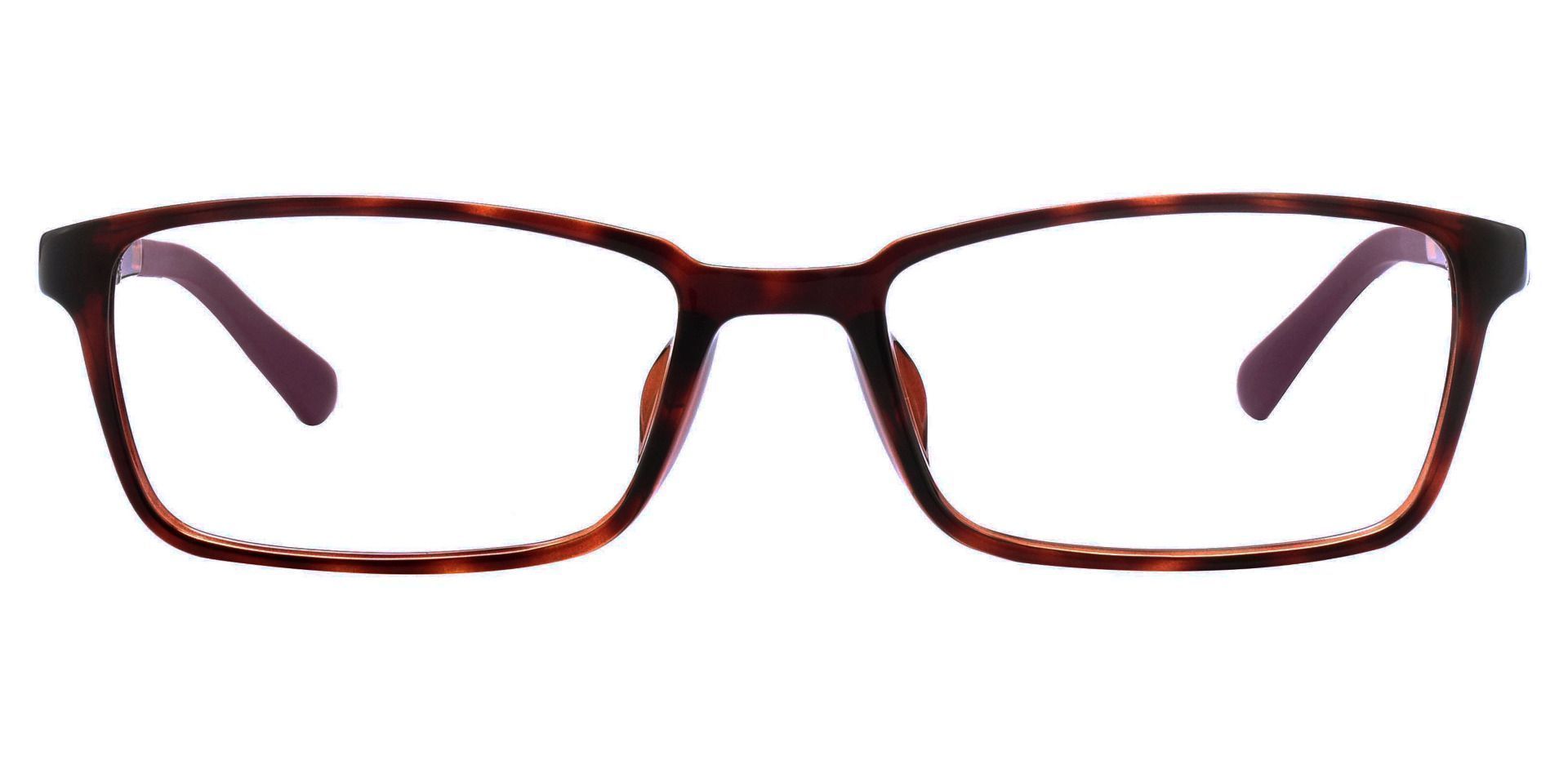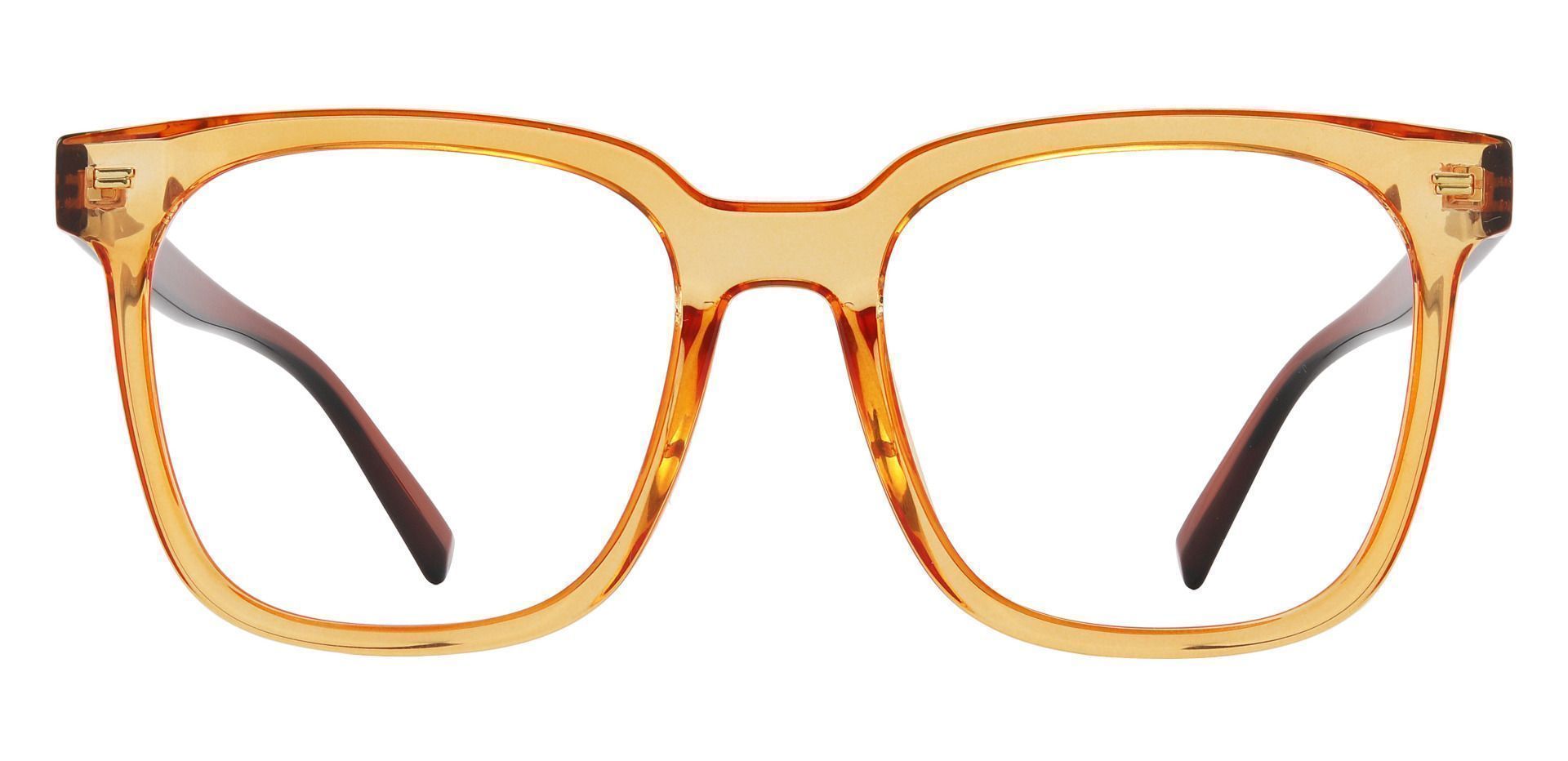What Lens Index Is Best For You?
Knowing The Difference Between 1.50 And 1.74
When you’re looking to purchase your next pair of eyeglasses, you might come across the term “lens index.” Also known as the “index of refraction” or the “refractive index,” this number is a measurement of how efficiently lens material bends light. Understanding these numbers and how they relate to your eyesight is an important part of choosing the right lenses for you.
To skip ahead to specific topics, click any of the below links:
Table Of Contents
Ready to make your choice? Choose your frames and lenses now:
What does lens index mean?
As the prescription strength increases, lenses get thicker and heavier. Higher-index material provides thinner and lighter lenses, which makes them a good option for those who have a strong prescription. Typically, the index numbers range from 1.50 to 1.74.
Payne Glasses not only offers all of these indexes but much like your optometrist would, our online ordering system automatically recommends the best index for your prescription! But we also want you to know what all these terms mean so you understand how you are getting the best value. Here are all the options we offer and what they mean to you:
Related Items
1.50 Standard Index
The 1.50 Standard Index lenses are the thickest lenses you can purchase for a typical pair of prescription glasses. These work best for prescriptions that fall between -3.00 and +3.00 and have superior clarity. You will find that because of the properties of the 1.50, they will need to be a full-rim frame that supports all sides of the lens to prevent cracking. These plastic lenses were the first alternative to glass. The material needs to be coated, however, because it scratches easily and doesn’t block UV radiation well.
1.56 Mid-Index
The 1.56 Mid-Index lenses are automatically included in our frame prices. In other words, if you see a $5.95 pair of frames, the price not only includes said frame but also 1.56 lenses with it! The same goes for all frames in our online shop. The 1.56 is 15% thinner than the 1.50 Standard. These work with prescriptions ranging from -3.00 to -3.75 and +3.00 to +3.75. They are recommended for full-rim eyeglass frames and glasses worn when participating in sports. The 1.56 combines great optics with a thin, lightweight design.
1.59 Polycarbonate
1.59 Polycarbonate lenses are made of material ideal for active use, including glasses for kids, sports goggles, and safety glasses. The 1.59 Polycarbonate is beneficial in rimless glasses, which while stylish, lack the protection of a rim on all sides and therefore the lens needs to be made stronger. 1.59 does not, however, have the best optical clarity. Its main drawback is the high amounts of chromatic aberrations, an optical distortion that causes colored halos or fringes around lights or blurred vision.
1.61 High Index
1.61 High-Index lenses bend light more efficiently and have thinner edges than lenses with the same prescription power made of conventional plastic material. They require less material, which reduces their overall weight. The 1.61 are 20% thinner than 1.50 Standard and are recommended for full-rim or semi-rimless frames. These work well for prescriptions above +4.00 or below -4.00.
1.67 High Index
The 1.67 High-Index lenses are 20% thinner than Polycarbonate and 30% thinner than Standard with the same prescription. For higher prescriptions, this lens material and index works well due to its reduced weight and edge thickness.
1.74 High Index
1.74 High-Index lenses are the thinnest and lightest lenses you can buy from Payne Glasses. They are recommended for individuals with a strong eyeglass prescription, typically for powers above +3.00 because they are aspheric in design. The 1.74 is made thinner and flatter than standard spherical lenses, which helps reduce the magnification of the eyes.
What other factors should I consider when choosing my lens index?
Prescription is not the only factor used to determine which lenses are right for you. Pupillary distance, frame type, and lifestyle needs are also indicators.
Pupillary distance, or PD, is the distance between each pupil and the center of the bridge of your nose. A smaller average PD sometimes requires Digital Free-form lenses instead of Standard. Standard is crafted in bulk, similar to T-shirt sizes a department store. But sometimes wearers with a smaller average PD can't use Standard and require something more custom. Thanks to modern technology, this is where Digital Free-form comes in. At Payne Glasses, we offer Digital Free-form at a lower cost than competitors. For more information about Standard vs. Free-form lenses, watch this helpful video.
As for frame type, we touched on this earlier in the article with 1.59 Polycarbonate and rimless glasses. Depending on the frames you choose, you may need to choose a certain index. Fortunately, our online ordering process automatically recommends which indexes will work best with the frames you choose. For example, if you have a stronger prescription and choose a metal or semi-rimless pair of glasses, our order process will likely recommend a higher index so the lenses are thinner, more durable, and do not "stick out" as much. In this same vein, if you have that same prescription and order a thick plastic or acetate frame, lower indexes (AKA thicker frames) are lower-cost options whose thickness can be "hidden" by the natural thickness of the plastic/acetate frame. This is why ordering different pairs at Payne may also result in different index recommendations!
As for lifestyle, if your day-to-day routine includes intensive labor work or exercise, a more durable index is most definitely recommended for you. Another thing to keep in mind is that lenses with a strong prescription power, even if they are high-index, can “shrink” your face when worn. This may create the illusion that frames are larger than they really are. An optometrist can help you determine how to adjust frame size to make up for this illusion.
Payne’s high-index lenses are offered at an affordable price with value-adds such as anti-scratch, anti-reflective, and 100% UV protection. We use the leading technology to craft each pair of lenses, including singles and progressives. Check out more on Payne’s high-index lenses or start searching for your next pair of eyeglasses online today.
Ready to make your choice? Choose your frames and lenses now:










